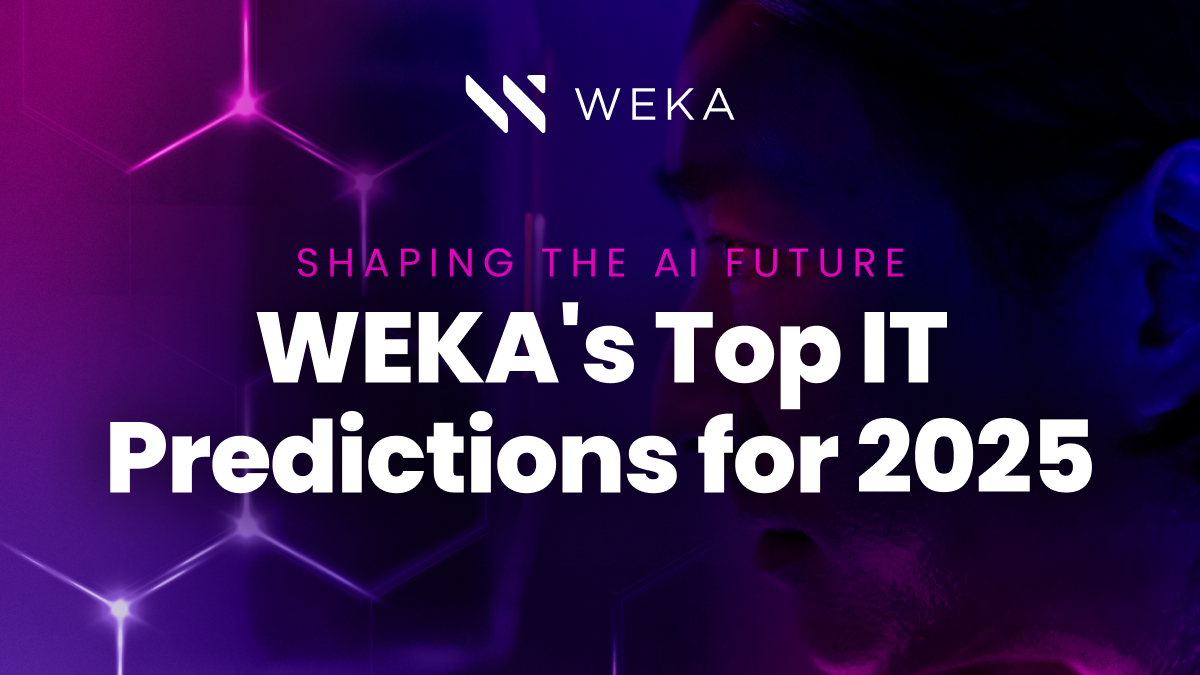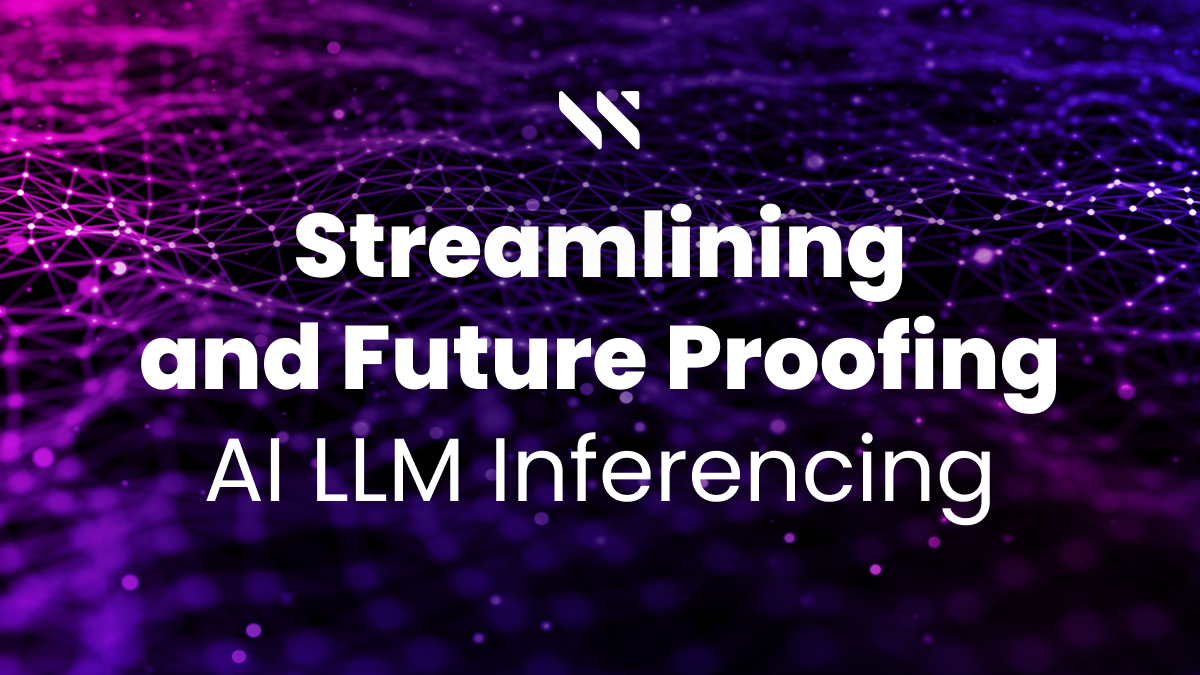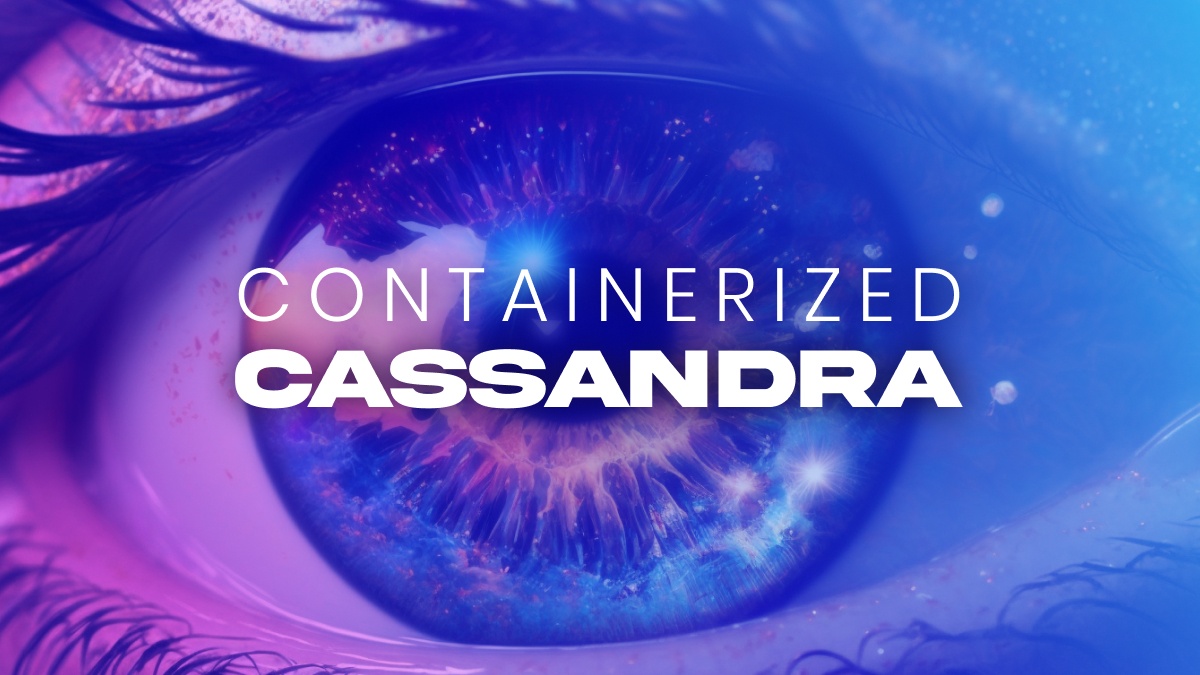Shaping the AI Future: WEKA’s Top IT Predictions for 2025

As we wrap up 2024, it’s time to gaze into the crystal ball and make some bold predictions for the year ahead. Forecasting the future is always risky—some predictions will hit the mark, while others may miss entirely. However, exploring what might be coming helps organizations prepare for the challenges and opportunities on the horizon. At WEKA, we’re excited to share our predictions for 2025’s key IT trends and what they mean for businesses looking to stay ahead of the curve.
Here are the major developments we foresee shaping IT strategies in 2025:
Riding AI’s Second Wave: Inferencing and Optimizing Pre-Trained Models
In the first wave of AI adoption, early movers concentrated on developing and training foundational models, laying the groundwork for transformative AI capabilities. But in 2025, the focus will shift. We’re entering the second wave of AI adoption, where inferencing and fine-tuning pre-trained models will take center stage. Organizations will increasingly leverage existing models as customizable tools, rather than investing time and resources into building new ones from scratch.
This trend stems from a pragmatic desire to accelerate ROI on AI initiatives. Pre-trained models—essentially templates that can be customized—offer a head start, enabling businesses to adapt these models to specific use cases with minimal effort. The emphasis will be on turning vast amounts of raw data into actionable insights quickly and efficiently. Fine-tuning for domain-specific applications—whether in healthcare, finance, retail, or other industries—will enable organizations to extract value faster and drive business outcomes at scale.
For IT leaders, this means rethinking AI strategies. Rather than focusing on infrastructure designed for model training, the emphasis will shift toward infrastructure optimized for inferencing workloads. High-performance, scalable systems capable of handling these AI pipelines with low latency will be critical to success.
Power is Currency: Redefining the AI Economy with Power Density
As AI transforms industries, power has become the currency of this new era. Training and running AI workloads demand tremendous processing power, which translates into massive energy requirements. However, the global AI data center boom is already outpacing the available power supply, creating a critical bottleneck for many organizations.
In 2025, power efficiency will emerge as a decisive factor in the AI economy. Organizations capable of maximizing energy efficiency in their data centers and who choose sustainability-forward cloud providers will achieve greater AI output while lowering AI’s strain on the power grid. This will drive investment in:
- Energy-efficient hardware designs: Leveraging hardware optimized for power-to-performance ratios will be essential. Advanced GPUs, DPUs (data processing units), and CPUs designed for energy efficiency will become must-haves for AI operations.
- Innovative cooling solutions: Emerging technologies such as liquid cooling and immersion cooling will help mitigate energy consumption while maintaining high performance.
- Renewable energy integration: Organizations will adopt renewable energy sources and explore strategies like carbon credits to offset the environmental impact of their AI operations.
Power efficiency isn’t only a matter of cost control; it’s a competitive differentiator. Those who can scale their AI workloads efficiently while minimizing energy use will lead the way in an increasingly power-limited world.
Preparing for Exascale: Future-Proofing Data Infrastructure
Exascale computing—processing at least one exaflop (i.e., a quintillion, or a billion billion, calculations per second)—was once unimaginable. In 2025, it’s becoming a reality. At WEKA, we’ve witnessed this shift firsthand: We started 2024 without any exascale customers and now are closing the year with multiple customers managing data at this massive scale, including one with nearly 10 exabytes under management.
While exascale computing may not be for everyone today, 2025 will be the year when it hits the radars of more and more organizations. Enterprises entering this uncharted territory will face unique challenges, from managing colossal datasets to ensuring infrastructure scalability and reliability.
For IT leaders, preparing for an exascale future means making bold investments in storage, compute, and networking technologies. Partnering with vendors who understand exascale dynamics will be critical, as these innovators develop solutions designed to handle unprecedented data volumes and complexities.
The lessons learned by early adopters will set the stage for broader adoption in the years to come. Organizations willing to embrace the challenges of exascale now will position themselves as leaders in the data-driven economy of the future.
The Rise of DPUs: A Game-Changer for Infrastructure Efficiency
DPUs will take center stage in 2025 and will mark an inflection point for Data Processing Units (DPUs), as these powerful processors become a cornerstone of modern IT infrastructure. DPUs like NVIDIA’s BlueField-3 are designed to offload critical tasks—including networking, storage, and security—from CPUs and GPUs, enabling systems to run more efficiently.
The explosive growth of AI workloads, cloud-native applications, and distributed systems is driving this shift. Enterprises need low-latency, high-throughput performance to keep pace with demand, and DPUs offer a solution that improves scalability while reducing power requirements.
Here’s why DPUs will matter more than ever in 2025:
- Optimizing AI pipelines: DPUs free up CPUs and GPUs for core AI tasks by handling peripheral functions, ensuring maximum efficiency.
- Enabling distributed systems: As organizations deploy more distributed applications, DPUs provide the performance and scalability needed to manage these workloads seamlessly.
- Enhancing security: DPUs offer hardware-based isolation and offloading for security tasks, improving overall system resilience.
For IT leaders, 2025 will be the year to start integrating DPUs into their infrastructures. Those who adopt this technology early will gain a significant advantage in optimizing performance and energy use across their environments.
Getting Ready for 2025
As these trends unfold, IT leaders need to be proactive and align their strategies with the opportunities and challenges ahead. Here’s how to prepare:
- Prioritize AI inferencing capabilities: Optimize your infrastructure for inferencing workloads, ensuring you can capitalize on pre-trained models efficiently.
- Invest in power-efficient technologies: Evaluate your data center’s energy use and your cloud strategy to explore changes that maximize power efficiency, from innovative cooling to renewable energy integration.
- Start planning for exascale: Even if exascale computing isn’t in your immediate plans, begin laying the groundwork for handling much larger datasets and scaling your infrastructure to accommodate them.
- Adopt DPUs for critical tasks: Experiment with DPUs to offload tasks and improve efficiency in AI and cloud-native applications.
By focusing on these areas, you’ll be well-positioned to navigate the rapidly evolving IT landscape and make the most of the opportunities 2025 has to offer.
Final Thoughts
Predicting the future is always an exercise in imagination and insight, and while not every forecast will pan out, the trends shaping 2025 are already visible today. Inferencing as the second wave of AI adoption, power efficiency as a competitive differentiator, the rise of exascale computing, the adoption of DPUs— they’re not just predictions, they’re trajectories that are already emerging at an accelerated pace.
At WEKA, we’re committed to helping organizations navigate these changes with cutting-edge solutions designed for the challenges of tomorrow. Our future-proof technology advancements, such as a cloud-native architecture, an exascale-ready data platform, and support for next-generation hardware like DPUs and GPUs, ensure businesses can scale seamlessly while maintaining peak performance and efficiency. Staying ahead of these trends will help organizations unlock the full potential of their IT investments and thrive in an ever-changing, AI-native world.
Here’s to an exciting and transformative 2025!





